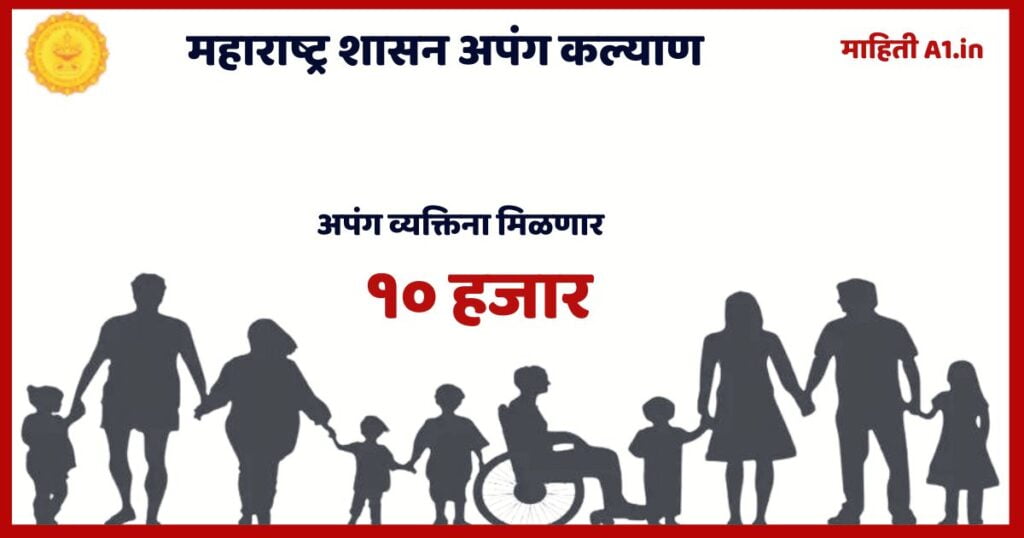What happened to Pradhan Mantri Ujjwala Yojana?
 |
| Ujwala Yojana |
PRS Legislative Research has published a research paper
based on the December 2019 performance audit report of the Comptroller and
Auditor General of India (CAG) to understand how much the common man has
benefited in anticipation of the Pradhan Mantri Ujjwala Yojana and whether the objectives
of the scheme have been met in the following article. let’s take
PMUY Pradhan Mantri Ujwala Yojana was started in May 2016
with the main objective of providing domestic LPG (liquefied petroleum gas)
connection to women in below-poverty-line families.
Almost four years after the inception of the scheme, the
Comptroller and Auditor General of India decided to commission an audit report
with the aim that
·
This report has audited the implementation of
the scheme from May 2016 to December 2018
- Whether the connection allotted under the scheme has been given to the desired and eligible candidate or not
- Whether the beneficiary who has taken connection under the scheme has continuously used LPG or not
- Is there any improvement required in the established network for cylinder distribution?
Identification of Beneficiaries:
To get a connection under the scheme, the eligible beneficiaries (women from the BPL family) had to submit the following documents.
- Proof of residential address
- Aadhaar Number
- Bank details account
- After receiving the application, the distributor verifies the application, and a new connection is allocated.
- The research report found that out of the total 3.78 crore connections issued under the scheme, 1.6 crore (42%) connections were issued based on the beneficiary’s Aadhaar number alone. The remaining 68 percent of connections are given to the wrong beneficiaries.
- Under the scheme, the identification of BPL households is based on Socio-Economic and Caste Census (SECC) data. The report found cases of mismatch of beneficiary names between the PMUY customer database and SECC data (12.5 lakh cases). Further, it mentions instances (1.9 lakh cases) where men were released from connection.
- 1.9 lakh connections were given in the name of men, the previous objective was only to meet certain targets annually.
- The CAG in its report has recommended that LPG distributors use measures like data authentication to prevent issuing connections to ineligible persons. Further, electronic KYC KYC should be introduced to authenticate the authenticity of the beneficiaries.
Now let’s see whether the beneficiary who got an LPG connection from Pradhan Mantri Ujjwala Yojana has used it consistently?
Consistent use of LPG:
- The CAG observed that a total of 7.2 crore connections have been released under the scheme till March 2020 (90%) against the target of eight crore. Further, LPG coverage in the country has increased from 62% in May 2016 to 94% in March 2019. However, average annual refill consumption for PMUY beneficiaries remains low compared to non-PMUY consumers. This points to the lack of continuous consumption of LPG by the beneficiaries of the scheme.
Years | Expansion of LPG | A non-beneficiary of the annual average Ujwala who continuously used Gus Pay | Beneficiaries of Annual Average Ujwala who continuously used Gus Pay |
2015-16 | 61.9 % | 7.7 | – |
2016-17 | 72.8 % | 7.5 | 3.9 |
2017-18 | 80.9 % | 7.3 | 3.4 |
2018-19 | 94.3 % | 6.7 | 3.0 |
- These figures show that a large number of LPG connections are being distributed under the scheme but the beneficiaries are unable to recharge and revert to using stoves and stoves. There are many reasons why it is filled and of course, used.
- LPG distributors offer beneficiaries an option to opt for a loan to cover the cost of cooking stoves and first refill. The CAG noted that low utilization of refills is also hampering debt recovery of Rs 1,235 crore for the distributors. It recommends that since the goal of de-addiction has been largely achieved, the scheme should focus on sustainable use.
Delays in installation :
Commercial Use of Cylinders:
The report found that about 14 lakh beneficiaries used three to 41 cylinders in a month and about two lakh beneficiaries used more than 12 cylinders annually. The CAG noted that this indicates that domestic cylinders are used for commercial purposes, thereby meeting the annual target but depriving the beneficiaries of the benefit, so the CAG recommended that cases of overuse be reviewed regularly to prevent diversion.
Safety Standards:
Absence of Performance Indicators:
Conclusion

